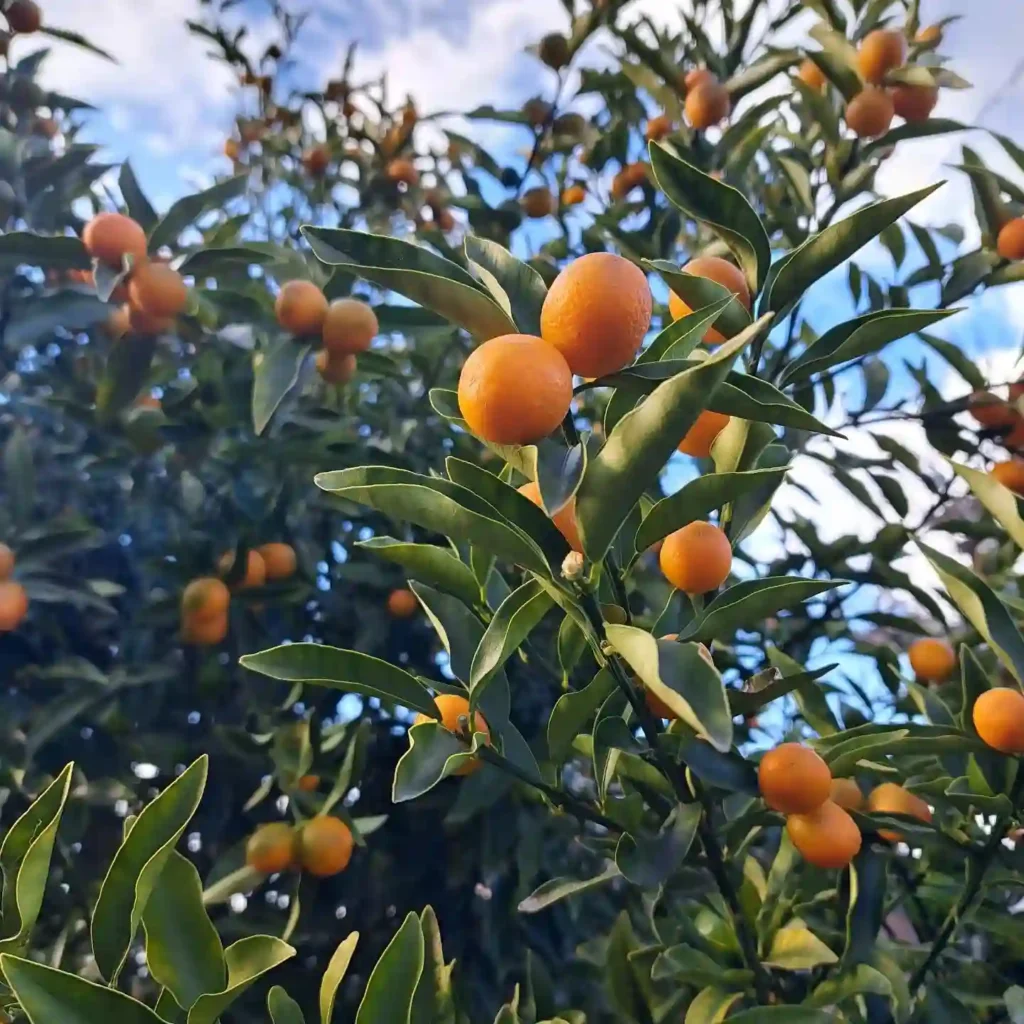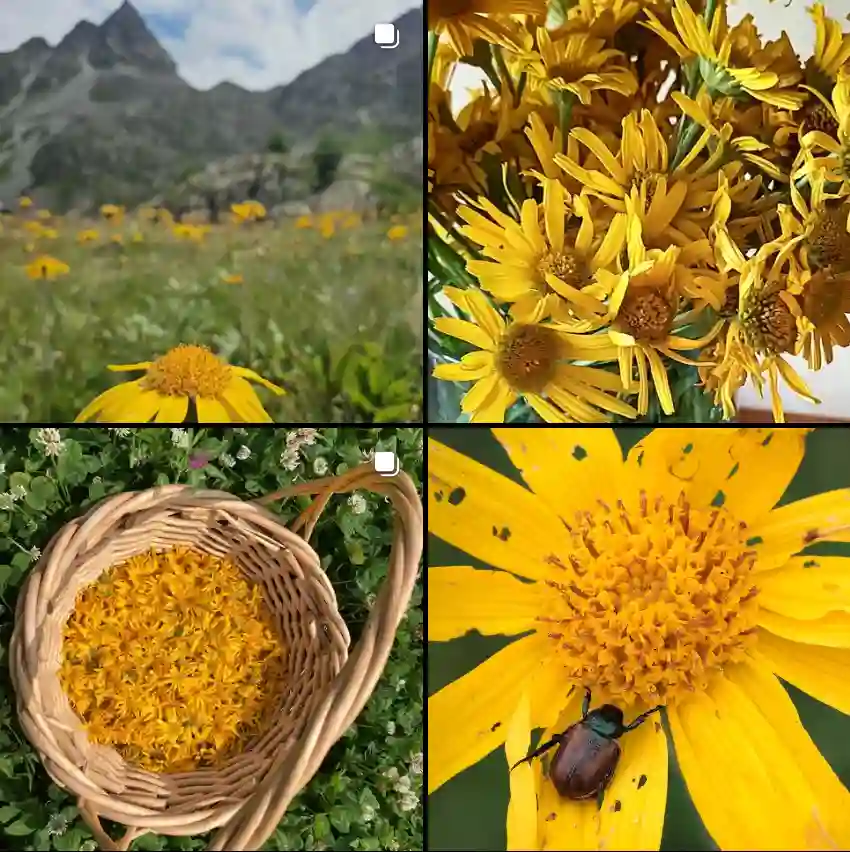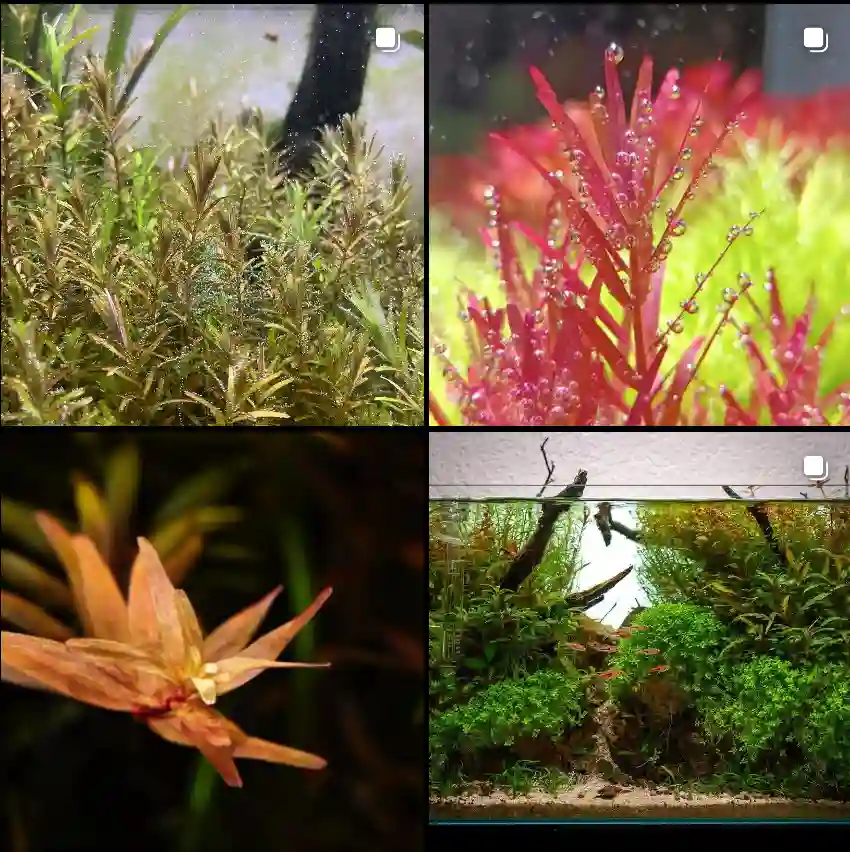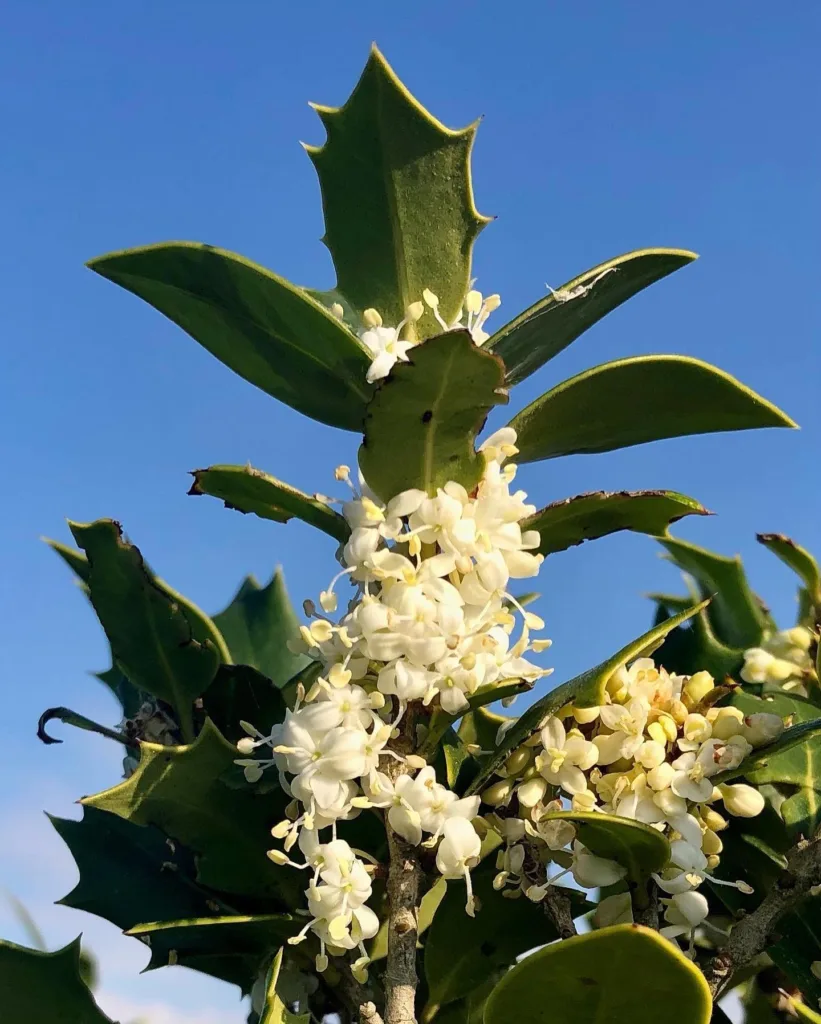FAQs about Searsia Lancea
As a plant enthusiast, I’ve often found myself drawn to the unique and hardy species of the plant world. One that has recently captured my interest is the Searsia Lancea, commonly known as the Karee. This shrub is native to South Africa and boasts several characteristics that make it a standout in any garden. In this article, I’ll answer some frequently asked questions about Searsia Lancea based on my experiences and research.
What is Searsia Lancea?
Searsia Lancea is a small to medium-sized evergreen shrub that belongs to the Anacardiaceae family. It is native to the dry regions of South Africa, where it thrives in arid conditions. The plant typically grows to a height of about 1.5 to 3 meters (5 to 10 feet) and has a dense, bushy appearance. Its leaves are pinnate, with small, leathery leaflets that create a feathery texture. The shrub produces small, inconspicuous flowers, which are followed by bright red berries. These berries attract various birds, adding a splash of color to the landscape.
Plant Family: 81 Genera in Anacardiaceae
How to Care for Searsia Lancea?
Caring for Searsia Lancea is relatively straightforward, making it an excellent choice for gardeners who prefer low-maintenance plants. Here are some key care tips:
- Sunlight: Searsia Lancea thrives in full sun to partial shade. It needs at least 4 to 6 hours of direct sunlight each day to maintain its vibrant foliage and overall health.
- Soil: This plant prefers well-draining soil. It can tolerate poor, sandy soils but will benefit from a mix enriched with organic matter. Avoid waterlogged conditions, as excessive moisture can lead to root rot.
- Watering: Although Searsia Lancea is drought-tolerant once established, regular watering during the growing season helps it maintain its lush appearance. Allow the topsoil to dry out between waterings. Overwatering should be avoided.
- Fertilizing: Feed the plant with a balanced, slow-release fertilizer in the spring to promote healthy growth. Avoid over-fertilizing, as this can lead to excessive leaf growth at the expense of the plant’s overall health.
- Pruning: Prune Searsia Lancea as needed to maintain its shape and remove any dead or diseased branches. Pruning also helps to encourage bushier growth and improve air circulation.
How to Propagate Searsia Lancea?
Propagation of Searsia Lancea can be done through both seeds and cuttings. Here’s a brief overview of each method:
- Seeds: Collect seeds from the berries once they are fully ripe. Soak the seeds in water for 24 hours before planting. Sow the seeds in a seed tray filled with a well-draining seed compost mix. Keep the soil moist and place the tray in a warm, sunny location. Germination can take a few weeks. Once seedlings are large enough to handle, transplant them into individual pots.
- Cuttings: Take semi-hardwood cuttings from the plant in late summer or early autumn. Use a sharp knife or pruning shears to cut a 10-15 cm (4-6 inch) piece of stem just below a leaf node. Dip the cut end in rooting hormone and plant it in a pot filled with a mixture of peat and perlite. Keep the cuttings in a warm, humid environment until roots develop, then transplant them into larger pots.
What to Plant with Searsia Lancea?
Searsia Lancea pairs well with a variety of plants, particularly those that complement its dry, arid environment. Consider planting it alongside other drought-tolerant species like:
- Agave: Agaves add a striking architectural element to the garden and share similar soil and water requirements.
- Lavender: The aromatic foliage and purple blooms of lavender contrast nicely with the green foliage of Searsia Lancea.
- Succulents: Plants like Aloe Vera or Sedum work well in the same environment and provide interesting textures and colors.
Is Searsia Lancea Toxic?
Searsia Lancea is not considered highly toxic, but like many plants in the Anacardiaceae family, it contains compounds that can cause irritation if ingested or if they come into contact with the skin. The berries are not typically consumed, and casual contact with the plant’s foliage is unlikely to cause serious issues. However, it is always wise to keep such plants out of reach of children and pets.
Benefits of Searsia Lancea
The Searsia Lancea offers several benefits beyond its aesthetic appeal:
- Wildlife Attraction: The bright red berries are a food source for birds and can attract various species to your garden.
- Drought Tolerance: Its ability to thrive in arid conditions makes it an excellent choice for low-water gardens.
- Low Maintenance: Once established, it requires minimal care, making it ideal for busy gardeners or those new to gardening.
Common Problems
Despite its hardy nature, Searsia Lancea can encounter a few problems:
- Pests: Look out for aphids and scale insects, which can occasionally infest the plant. Regular inspection and appropriate treatments can manage these pests.
- Diseases: Root rot can occur if the plant is overwatered or planted in poorly draining soil. Ensure proper soil drainage to prevent this issue.
Compare with Similar Plants
Searsia Lancea is often confused with other similar shrubs such as:
- Searsia Versteegii: Also known as the Rooibos Karee, this plant is similar in appearance but has different leaf shapes and sizes.
- Searsia Pendulina: Known as the Hairy Karee, this species has a different texture and growth habit compared to Searsia Lancea.
By understanding these aspects of Searsia Lancea, you can make an informed decision about adding this resilient and attractive shrub to your garden. Whether you’re looking for a low-maintenance plant or one that supports local wildlife, Searsia Lancea offers numerous advantages and fits well in a variety of garden settings.
If i die, water my plants!



